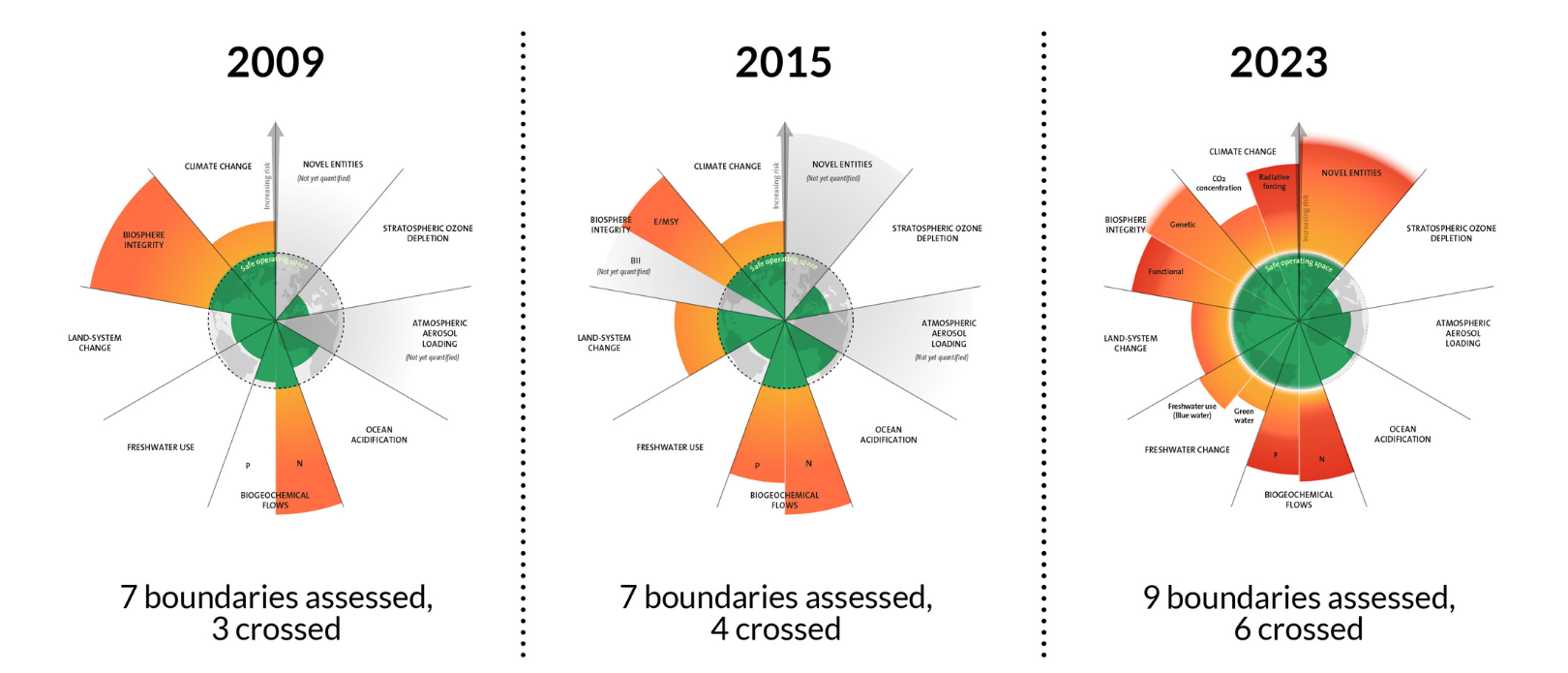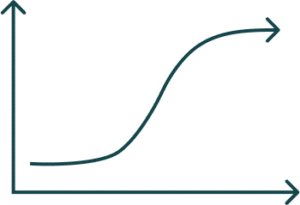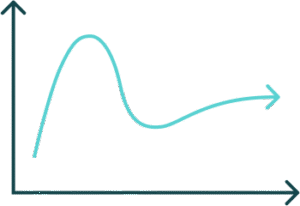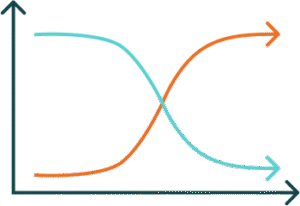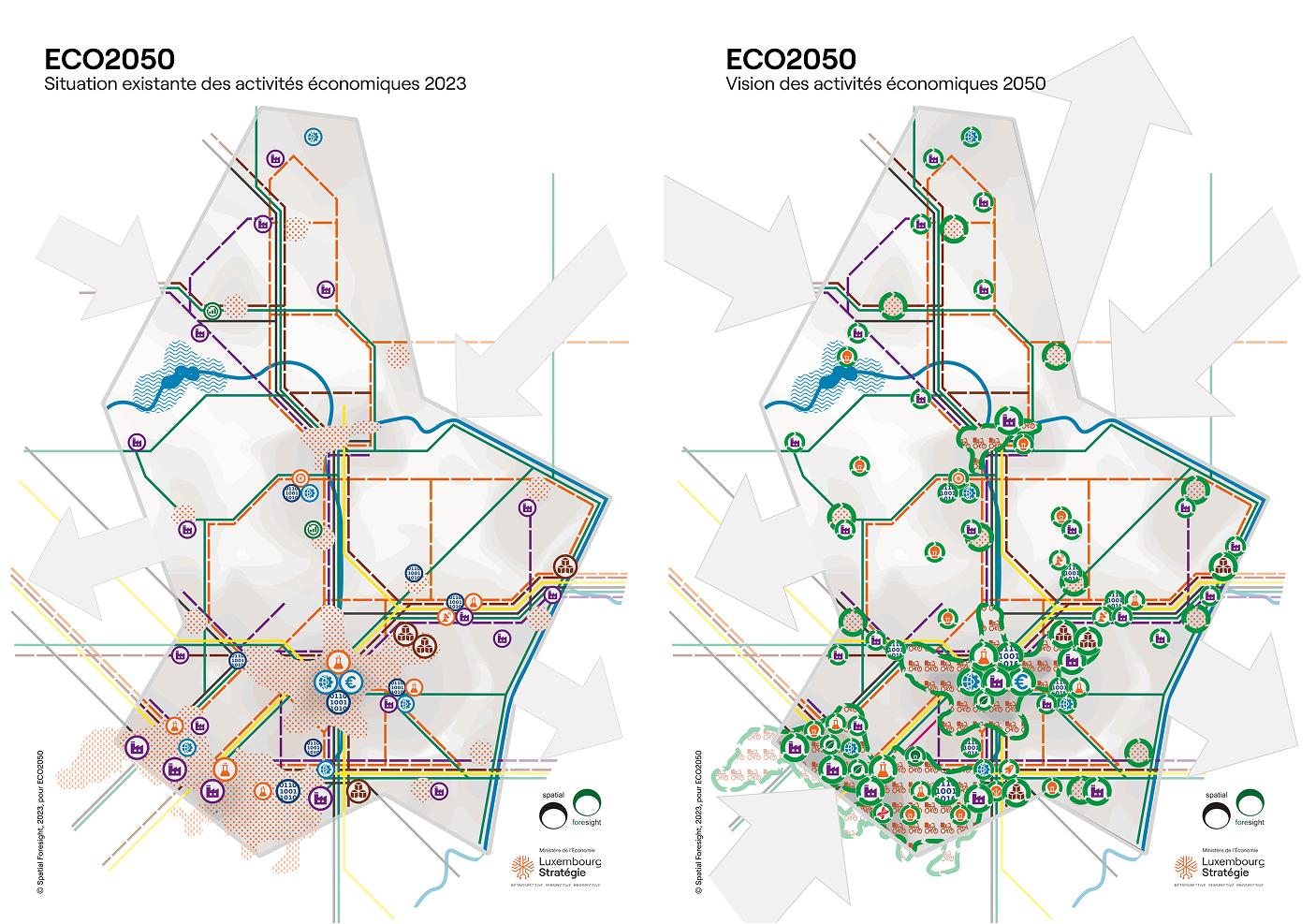Invest in the Future you wish to see
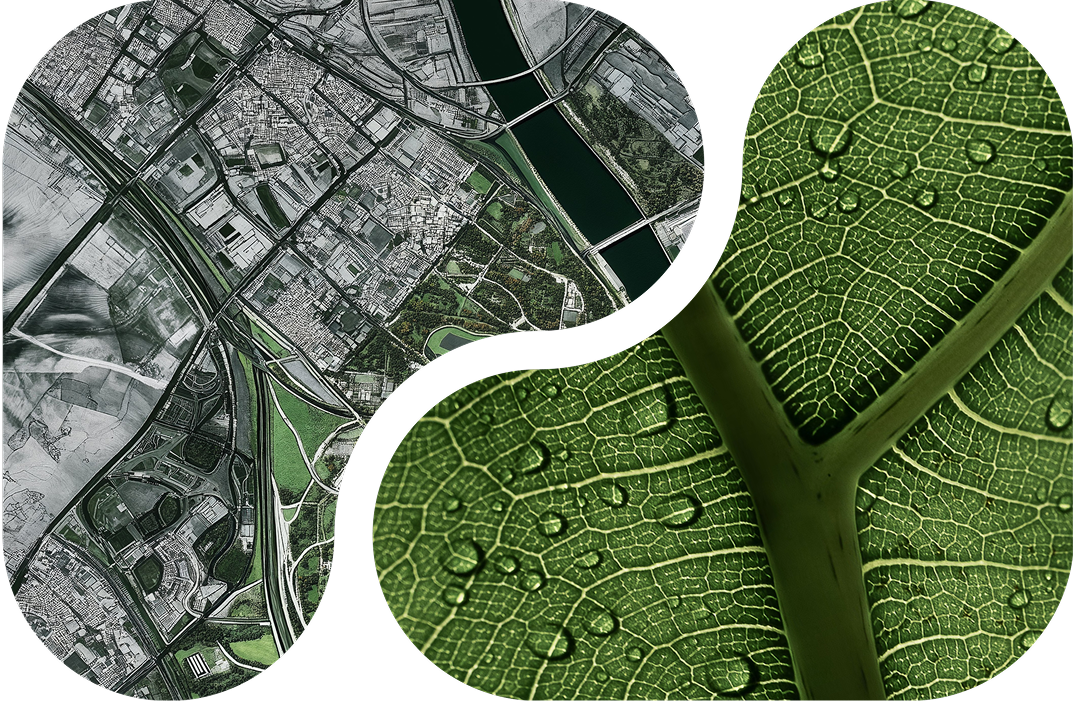
Change requires trust and direction.
Trust is built on facts and foresight.
Direction comes when the vision of the future we aim at is clear, legitimate, realistic and shared.
Cutting through the noise to see what really Matters
Humanity faces social, economical, geopolitical and environmental headwinds that call for transformative change, adaptability and crisis preparedness. In a world facing boundaries, new approaches are needed that promote resilience and well being away from linear extraction and short-term consumption models.
Pascale Junker Foresight assists your organisation in planning for robust, trusted futures within planetary, human and time boundaries. We help decision makers in the public sector, civil society and corporate world understand complex transitions and systemic change to make deliberate choices that maximise impact and relevance and focus on long-term viability.
Science to understand.
Foresight to chose.
Alliances to act.
-
Planetary boundaries concern the biophysical foundations of life: water, materials, land, biodiversity, climate …
-
Human boundaries go beyond basic social needs, like food and housing, and also concern aspirations such as fulfilling jobs with adequate wages, meaningful relationships, a sense of belonging, self-worth, recognition and achievement… Not only has humanity breached many planetary boundaries, trends analysis also indicates that we have lost this sense, at our peril.
Science tells us that the continued overshoot of biophysical limits and undershoot of basic social needs and rights globally have detrimental effects not only on business prospects and our wellbeing but more largely on the habitability of the planet. We tend to underestimate the combined impacts of these transgressions and of the time and skills required to achieve orderly transitions.
These transitions require policy reform, civic engagement and corporate leadership. Finding common ground with other frontrunners, based on experience and trust, is essential in fostering systemic change. We assist building coalitions of ecological and social risk pioneers, corporate and public sector sustainability leaders and crisis managers.
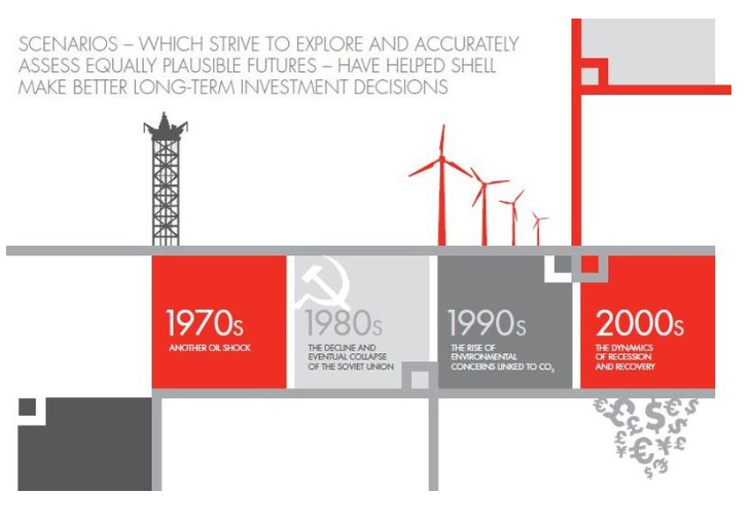
Shell scenarios, 1970s: a continuous 50-year commitment to foresight and the future.
Transitioning from S-curve
to X-curve
- Something has to give! A transition requires us to let go of something old, in order for something new to grow. We propose to evolve from the S-curve analysis to the X-curve analysis, while remaining vigilant to over-expectations, as represented by the hype cycle.
- The S-curve analysis aims to pinpoint emerging change signals before they evolve into prominent trends, giving organisations a strategic view to enter the market when the timing is ripe for maximum potential, or exit it when a trend ceased to be a trend. Failure is not an option and possibilities are unlimited.
- The X-curve framework provides a simplified depiction of transitions that explicitly captures the patterns of build-up, breakdown, and their interactions. Options are limited, something phases-out, for something else to phase-in.
New images of the future that open up the solutions space
A more systemic approach, a change of angle and a longer view, a biophysical feasability-check and a deeper understanding of the historical roots, allow us to identify and operationalise realistic and lasting policies, sector strategies and business opportunities. With this mindset, unexpected possibilitites, overseen synergies, confidence in our decisions and actions come to bear.
Pascale Junker Foresight offers institutions and companies strategic advise for adaptive management amid constraints and openings, by combining:
1. Systemic foresight
2. Biophysical insight
3. Historical hindsight
Thinking beyond silos and biaises, distinguishing between trend and hype, transcending geographical and temporal scales, taking a step back from today’s strategies and policies, are approaches which can give rise to the definition of the next strategic direction for generations to come.
It is not only about detecting today what is highly predictable and knowable in a volatile, brittle, non-linear context, but about sensing what is not yet articulatable, and seeing where the major trends converge, or break.

Source: Futuribles
1. Systemic foresight,
a collaborative undertaking bringing
opportunities to light
Foresight is a disciplined exploration of expected and alternative futures, based on trends and signals perceived today, with the aim to anticipate change, prepare for disruptions and make better-informed decisions. Foresight cultivates the ability to imagine multiple and non-linear possible consequences and the capacity to consider future eventualities and scenarios, vulnerabilities and risks. When integrated into decision-making, foresight activities lead to actionable recommendations and crisis preparedness.
Systemic: adopt a big picture angle and anticipate the futures as interlinked and transcending sectors, jurisdictions, actors, species or generations. This includes harvesting insights from other places and cultures.
Collaborative: Engaging a wide range of stakeholders ensures that varied viewpoints are considered, leading to more robust and fair outcomes. This helps challenge assumptions and generate realistic innovative solutions.
- For example, when exploring new market opportunities, reskilling requirements, evolving customer behaviour, supply chain vulnerabilities and opportunities for reducing the material footprint need to be anticipated and integrated by design
“Il convient de ‘voir loin’ et surtout de ‘voir large’, c’est-à-dire envisager plusieurs futurs possible et de ‘penser l’impensable’. Gaston Berger
2. Biophysical insight, based on scientific knowledge
Matter matters. Focus on the Future of Choices rather than on the Future of Constraints
The planetary boundaries framework is a useful compass to see what really Matters: resources are finite, ideas are unlimited.
A biophysical reality check helps investors, asset managers, boards or pension funds alike in grounding and future-proofing their decisions.
To translate preferred scenarios into strategies and actions, it is paramount to assess the availability of the necessary energy, materials, water, land, but also of skills and capacities in the course of the planning process. This helps identify trade-offs between competing resources use and make the plan solid and realistic. In case of constraints, alternative ways can be proposed to realise the objectives with less material, while retaining value and resource access.
With experience in theory and practice, we help you and your team to better understand the biophysical foundations of the economy and society to craft plans that bring about the environmental and socio-economic benefits of circular and regenerative economy solutions.
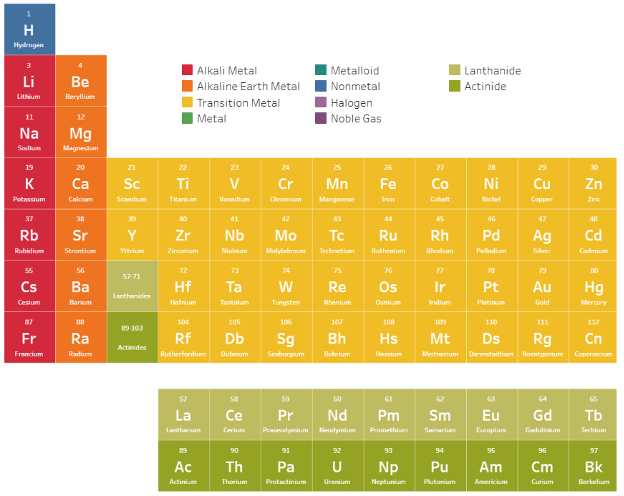
Mendeleev’s Periodic Table of Elements
3. Historical hindsight
Time and Space to stress-test the Future
Knowing history makes you harder to fool.
People base their understanding of the world on previous experiences. Foresight and history both aim to make sense of human action. By nature, foresight has an obstinate view ahead. It explores alternative futures, away from pure historical projections or linear development.
We complement this with a resolute view in the rear. To build a wayforward, it is helpful to revisit past achievements and failures, detect fault lines, understand the origins of an industry or institution and appreciate the road travelled.
Assumptions can also be challenged by adopting the perspective from other places. Learning from other parts of the world with lower footprints and higher resilience or wellbeing can help identify robust solutions to transpose and adapt across latitudes and languages.
Exploring the territorial implications of future scenarios and strategies helps to complete the picture and is essential for policy making within territorial realities. We therefore propose to produce a map of the scenarios, to help decision makers imagining the long term geo-physical implications of their choices and detecting opportunities and unintended consequences.
- Take the example of legacy industries and infrastructure. They can teach us many lessons in resources efficiency, maintenance and longevity on our way to a resilient low carbon economy and society
- For example, The Sahel is home to many passive architectural principles that can, with the help of innovation, be adapted to the European context, Europe being one of the landmasses warming the most rapidly.
Today’s world is evolving faster than the systems built to sustain it.
Transitions are a long-term processes: for example the overhaul of the energy infrastructure, the permitting of new mines or railways, the rehabilitation of carbon-fixing soils face planning and investment horizons of many years. The long view is of essence.
“The times are urgent. Let us slow down”

